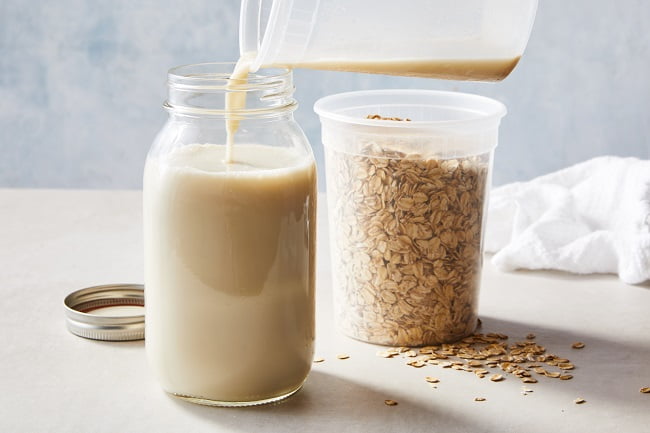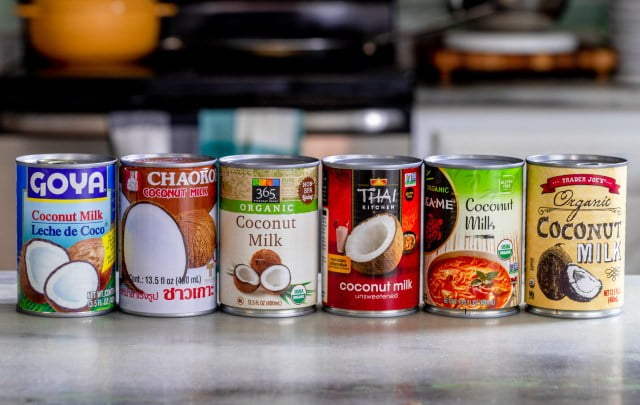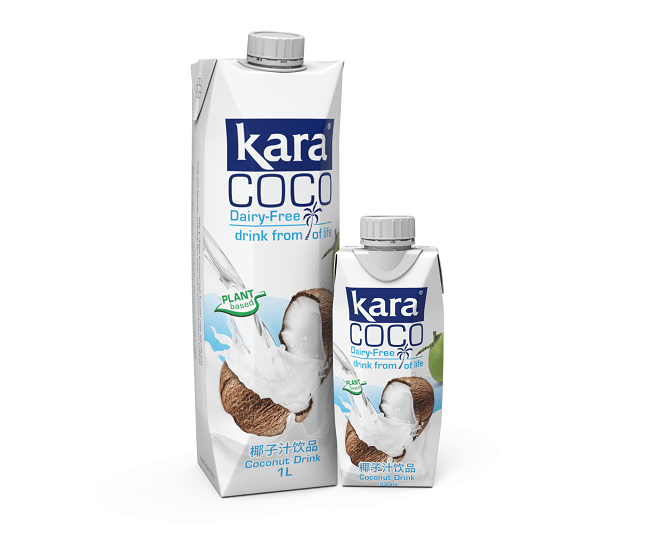Plant milk is especially important for people who have cow’s milk allergies, lactose intolerances, or hypercholesterolemia. So today let’s join illume-emag to learn more about two common plant-based milks available on the market, which are oat milk and coconut milk.
Oat Milk
Oat milk is a milk substitute (a substance that resembles milk and can be used in the same way as milk). Oat milk is popular plant-based milk made from oat grain. It is made by blending water and oats together, then straining to create a smooth, creamy liquid. Some brands fortify it with extra nutrients and vitamins, making it a better option than drinking the whole oat, which can be made at home by soaking and draining oats.

- Pros
Oat milk contains naturally occurring fiber and protein, and it’s fortified with nutrients such as vitamins A, B2, B12, and D, as well as the minerals calcium and phosphorus.
It’s an allergen-friendly option that doesn’t contain lactose, nuts, or soy. If it’s made with certified gluten-free oats, it’s a safe option for those with Celiac disease.
It’s easy to make at home.
- Cons
While some individuals enjoy the flavor and thick texture, others are turned off by it. Fortunately, you can experiment with different types and flavors to find one you like, or simply switch to another plant milk. Clearly, there are a lot of them!
Although oats are a healthy meal, drinking oat milk is not the same as eating whole oats. According to Terry, certain nutrients are lost during processing.
Coconut Milk
Coconut milk is derived from the white flesh of mature brown coconuts. This milk is an opaque, milky white liquid, and it’s quite rich in taste due to its high oil content.
Despite having “milk” in its name, coconut milk was not originally made for drinking, but instead, it is a food ingredient used in Southeast Asia, Oceania, South Asia, and East Africa. However, some varieties of coconut milk do taste good on their own. It is categorized based on its fat content. Coconut cream (or thick coconut milk) with the highest amount of fat; coconut milk (or thin coconut milk) with a maximum of around 20% fat; and coconut skim milk with negligible amounts of fat.

In addition, coconut milk can be used to produce milk substitutes, but to differentiate it, it is called “coconut milk beverages.” They are sometimes labeled as “coconut milk,” which can be confusing. Coconut milk beverages are made with coconut milk diluted with water or coconut skim milk with additives. Thus, they are lower in fat and calories than milk, but also lower in protein. They’re high in potassium and fiber, and they’re also high in iron. They’re usually supplemented with vitamin D and calcium as well.

- Pros
Coconut contains medium-chain triglycerides and is loaded with minerals, including manganese, magnesium, potassium, copper, and selenium.
It’s high in fiber compared to other plant-based milks.
Versatile — You can find many varieties of coconut milk available for different culinary needs, such as drinks, sauces, baking, and cooking.
- Cons
It is higher in calories and fat. Again, this isn’t inherently bad but it could be a con for some, depending on personal health needs, goals, and lifestyle choices.
It’s not protein-rich milk.

